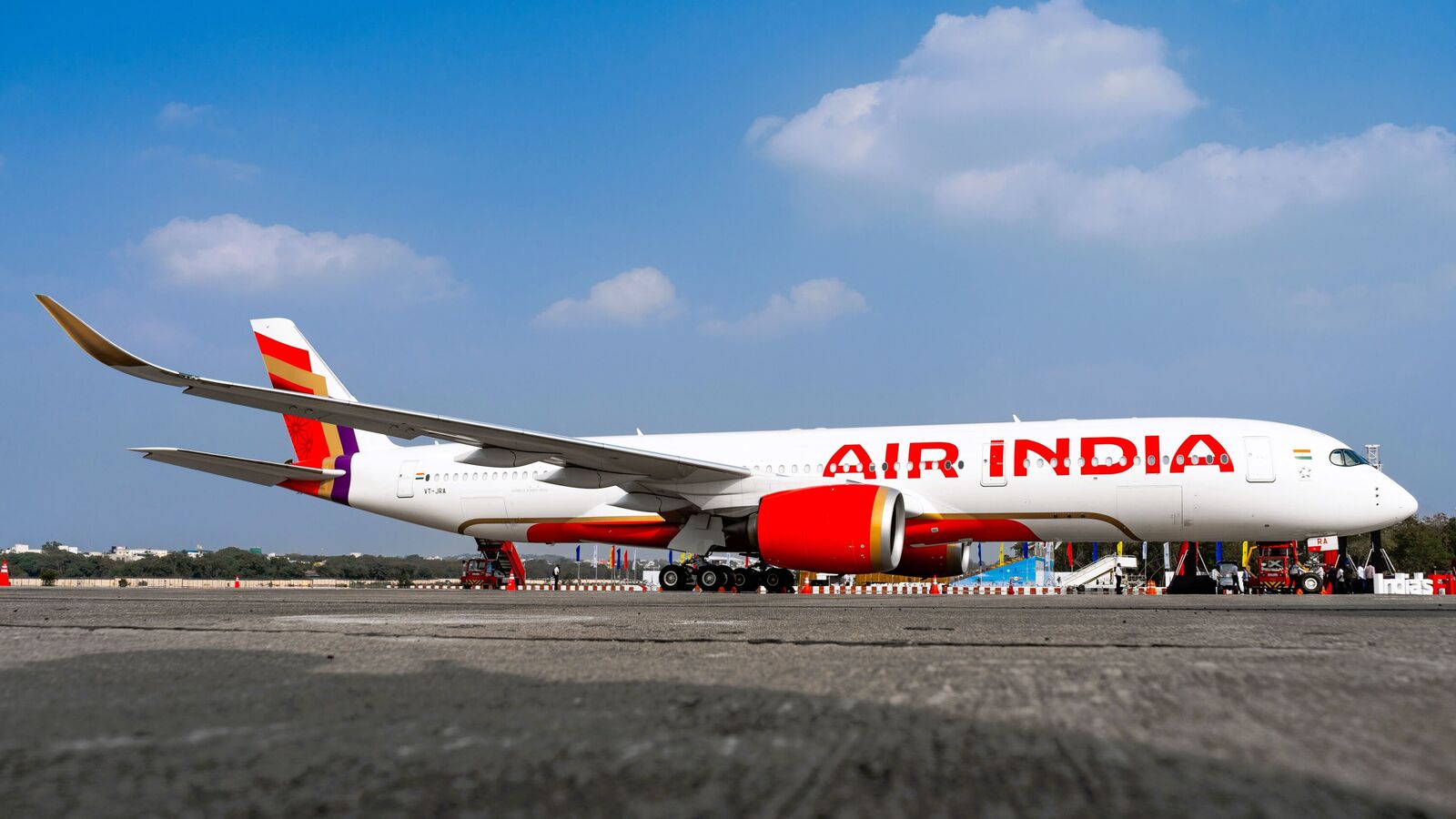On Wednesday, a leading English daily in Sri Lanka, the Daily Mirror, quoted the Lankan civil aviation minister T D Abeysuriya as saying there were no “suitable suitors” for the country’s national carrier SriLankan Airlines. The minister hinted that the government may shelve its plans to sell the airline, and instead take on some of its debt and restructure it.
SriLankan and Sri Lanka find themselves in a position that Air India and the government of India were in not too long ago. For years the Sri Lankan government has been bailing out its national carrier, which has a huge debt burden. The government has also taken over a $310 million loan guaranteed by the treasury and has infused equity worth 5 billion Sri Lankan rupees ($16.4 million) this year to ease the airline’s cash-flow problems.
In July 2022, soon after taking over as Sri Lanka’s president, Ranil Wickremesinghe said in a televised address that the country’s severe economic crisis would be resolved. One of the measures his government would take to stabilise the economy would be to sell the debt-ridden airline, he said. “It should not be that this loss has to be borne by the poorest of the poor who have not set foot in an aircraft,” he said. The national carrier’s losses had run up to 45 billion Sri Lankan rupees ($124 million) in the financial year 2020-21. Its financial performance hasn’t been reported since.
Two peas in a pod
Like its Sri Lankan counterpart, the Indian government had been bailing Air India out for years. The Manmohan Singh government sanctioned equity infusions totalling ₹30,000 crore over nine years starting 2012-13. In 2018, the Narendra Modi government decided to sell a 76% stake in Air India. But that attempt failed, as had the Atal Bihari Vajpayee government’s efforts to offload a smaller holding in 2001.
In 2020, a government survey revealed that Air India was among the three public sector units with the highest losses for three consecutive years starting 2018-19. The airline had reported a provisional loss of ₹7,635.46 crore. The Modi government decided enough was enough and put the government’s entire stake in Air India and Air India Express on sale, which included its 50% stake in Air India SATS Airport Services Pvt Ltd.
The government’s commitment to exiting Air India held out the promise of ending government intervention in running the airline. Still, prospective buyers were cautious, and no bids were submitted. The government kept sweetening the deal after potential bidders voiced their concerns, and even changed the terms of bidding, including by letting potential buyers bid on the basis of enterprise value (A company’s enterprise value is its equity value plus net debt.)
The airline’s highly valuable but non-core land, buildings and assets were hived off into a separate entity that the government would retain. This helped to politically de-risk the sale. The prospective buyer would also be allowed to use Air India’s offices and facilities in Delhi and Mumbai for a certain period to ensure a smooth transition.
Nearly two decades after the first disinvestment attempt was aborted, and after completely altering its original sale plan, the Modi government sold Air India in 2020 to the Tata Group, the airline’s original owner before it was nationalised in 1953.
Although the government had to agree to take on more than ₹40,000 crore of Air India’s accumulated debt, by transferring ownership to the private company, it could stop paying the ₹20-25 crore a day that the airline needed to stay afloat.
Governments should stay out of airlines
Country after country has shown that governments are poorly equipped to run competitive businesses like airlines. This is especially so for Sri Lanka, which is under an International Monetary Fund stabilisation programme and debt-restructuring plans of various multilateral agencies.
The privatisation of Air India may offer useful lessons for SriLankan. The similarities between the two airlines go beyond their financial dependence on governments. Before it was privatised, Air India was running an old fleet, and many of its appointees were in their positions chiefly because of their political connections.
SriLankan faces the same situation. Air India staff used to behave pretty much as they pleased, and SriLankan has been facing this for the past couple of months. Employees have been going on leave at the last moment, forcing long, embarrassing delays and even cancellations.
In February, rats were found on two SriLankan aircraft scheduled to operate flights, which were then delayed. The aircraft had to be sprayed with chemicals and could not be used for two days. Technical troubles with two other aircraft ruled out quick substitution.
Another similarity is that leasing companies were wary of Air India’s precarious financial situation and reluctant to do business with it. SriLankan, too, is unable to acquire more planes. Under the Tata Group, however, Air India has ordered 470 new aircraft. Perhaps that is the way out for Sri Lanka and SriLankan, too.
#Sri #Lanka #learn #Air #Indias #lengthy #privatisation






